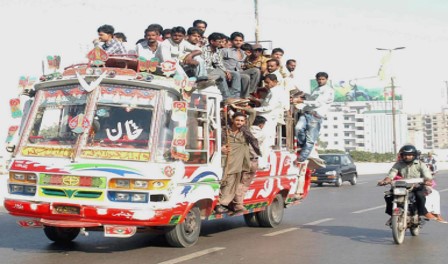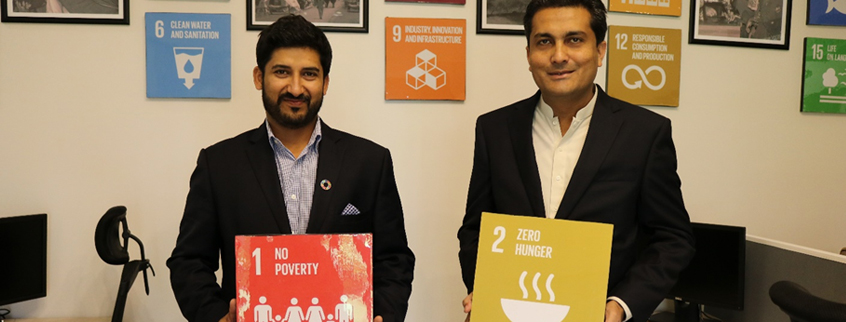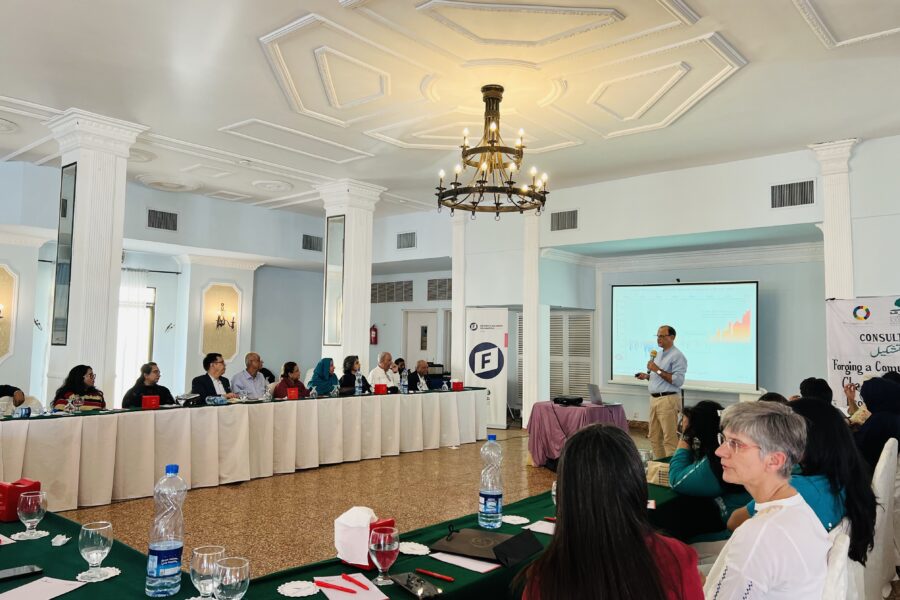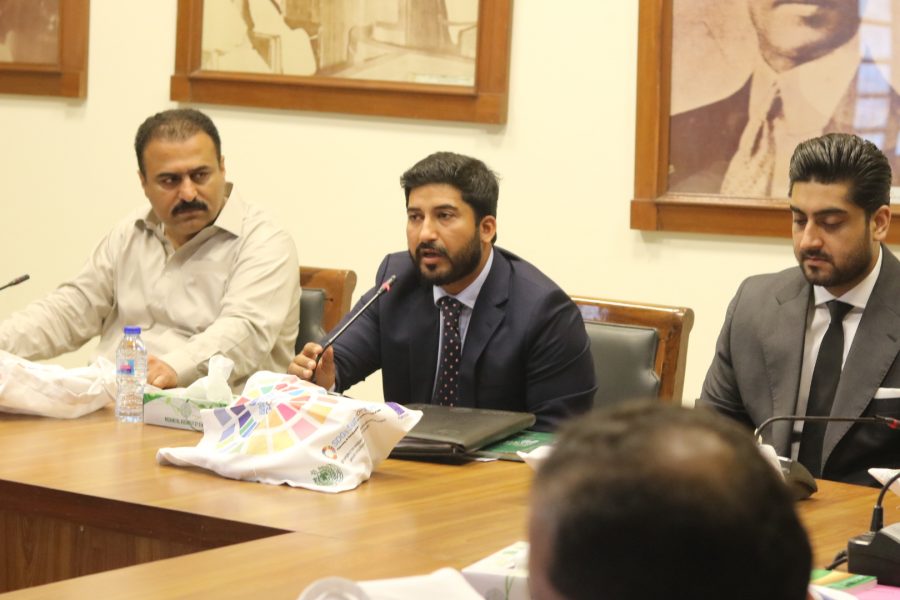With massive urbanization across the world and the rapid development of mega cities, the concepts of urban mobility and inclusive transportation have become a subject of much debate. Mobility is an element of urbanization, and it entails implications for the infrastructure of the overall urban space. It inculcates the imprint of roads, transport systems, buildings, public spaces, of cities. The core concept of mobility refers to access that the public has that connects them to different destinations, services, and goods. To this end, urban mobility is resident or people-centered and is designed around the behaviors and needs of the people of the city; why they travel, where they travel to, how they travel, and how effectively and efficiently this travel can be managed and curtailed, so that distances can be shortened and cost of travel can also decline, bringing peace of mind and ease to the travelers and commuters.
Keeping these concepts in mind, when we observe a mega city like Karachi, we find the situation to be altogether adverse; one that warrants immediate attention and a strategic forethought from the government and policy makers. According to World Bank, Karachi is the only mega city in the world with, as little as 4% of green urban space, and acute lack of mass public transport forcing 45 people to compete for a single bus seat each day, and a sheer absence of inclusive transport mechanisms, that make it almost impossible for the disabled population to travel every day.
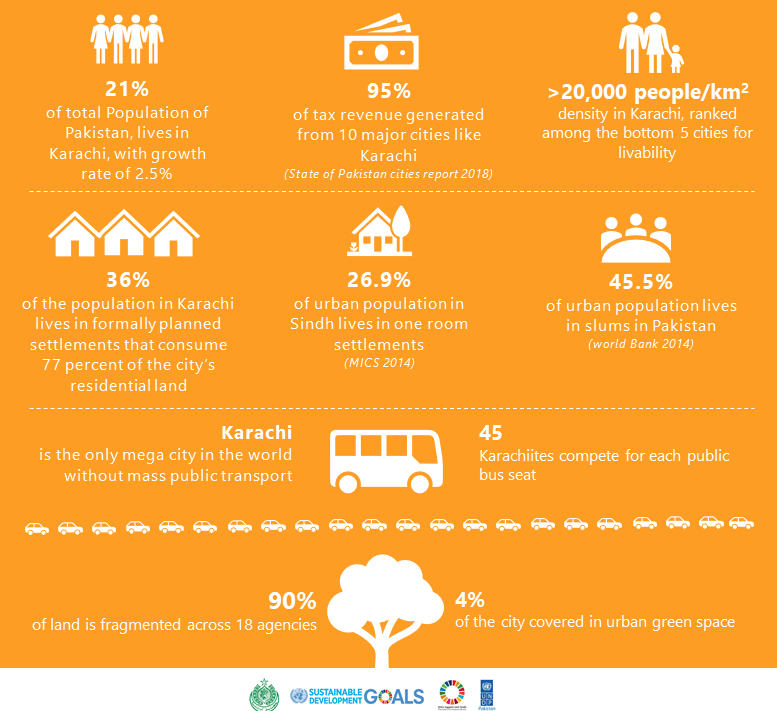
The significance of urban mobility is well-integrated within Agenda 2030. It is tied with multiple SDGs: 3, 7, 9, 11, and 12, implicating its affects across multiple sectors including environment, health, energy, and industry. Thereby, to achieve Agenda 2030, a paradigm shift in urban planning is required to match the mobility requirements of the urban population of Sindh, whilst addressing the multi-sectoral implications.
Specifically, to meet SDG 3 Good Health and Wellbeing by 2020, the number of global deaths and injuries from road traffic accidents should come down to half of what it is now (Target 3.6). Similarly, to achieve SDG 7 Affordable and Clean Energy, by 2030, global rate of improvement in energy efficiency ought to double in magnitude (Target 7.3). On the other hand, Target 9.1 of SDG 9 Industry, Innovation, and Infrastructure requires development of quality, reliable, sustainable and resilient infrastructure, including regional and trans-border infrastructure, to support economic development and human well-being, with a focus on affordable and equitable access for all. Target 11.1, of SDG 11 Sustainable Cities and Communities, requires access for all to adequate, safe and affordable housing and basic services and upgrade slums and 11.2 requires that everyone has access to safe, affordable, accessible and sustainable transport systems, road safety. And finally, Goal 12 Responsible Consultation and Production, requires rationalization of inefficient fossil-fuel subsidies that encourage wasteful consumption in accordance with national circumstances, including by restructuring taxation and phasing out those harmful subsidies, where they exist, to reflect their environmental impacts (Target 12.c).
How can we achieve these targets? There are three key ways of ensuring that targets tied to urban mobility and inclusive transportation are achieved:
1. Better mapping and reporting
• Accurate depiction of the situation at hand
• Mechanisms to be put in place that can aid in collection and recording of data against SDG indicators
• Mapped indicators and respective reporting can aid in planning and decision making
2. Shift in planning
• A paradigm shift in urban planning
• Increase accessibility
• Reduce the need for transportation altogether
3. Effective governance
• It can ensure ‘best practice’ in urban transport
• It can ensure adequate funding, infrastructure or land-use planning
While government is the primary responsible authority to take care of urban mobility requirements, and inculcate effective and integrated planning, civil society also has a key role to play in mainstreaming the dialogue on the issues and advocating for better policies. There are several civil society organizations that are rigorously working towards ensuring inclusive transportation for the masses, both at policy as well as ground level. SHEHRI CBE is one such example, which is working on addressing the needs of disabled commuters. At an event held recently on “Engaging Government Officials on addressing the needs of disabled commuters”, Mumtaz Ali, Project Manager, SDGs Support Unit Sindh, was invited to conduct a thought-provoking session on SDGs and urban mobility. Keeping in view the related SDG targets tied to urban mobility and inclusive transportation, he stressed, in the presence of multiple stakeholders from the government as well as the civil society, on the need for accurate data mapping, reporting, planning, and effective governance on urban planning, as much-needed tools to achieve Agenda 2030, and its associated indicators on urban mobility and inclusive transportation.
